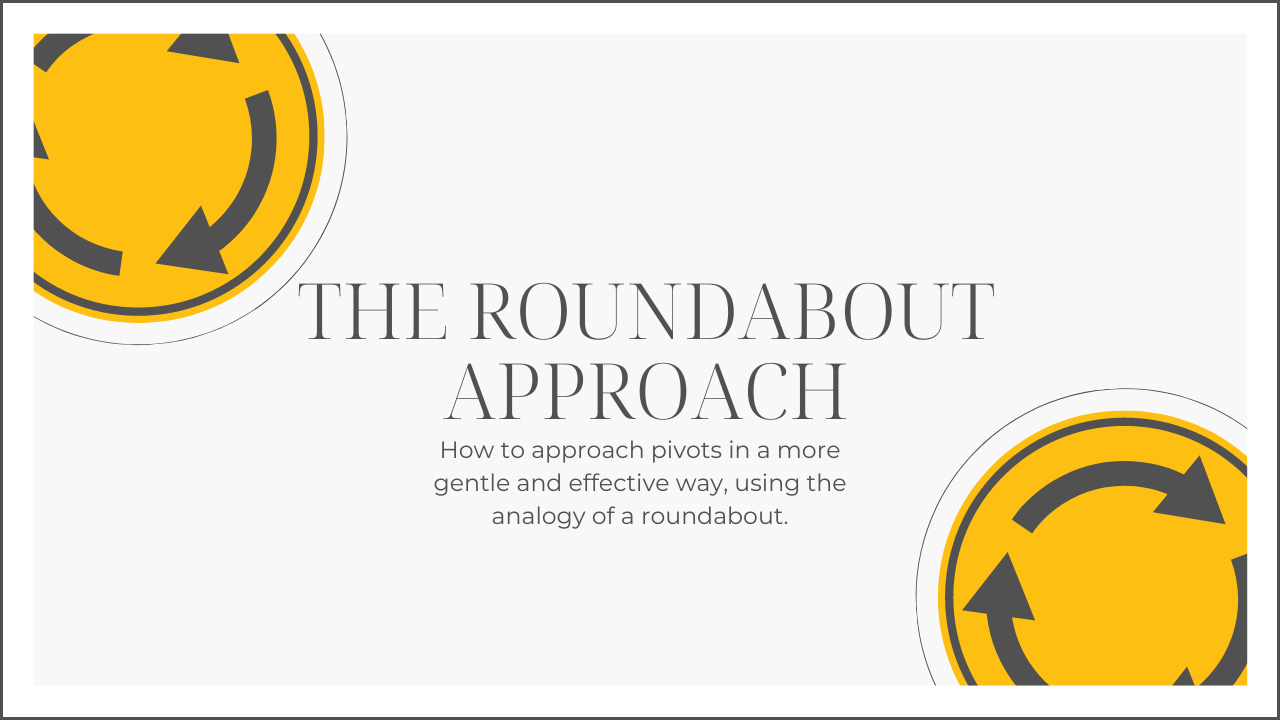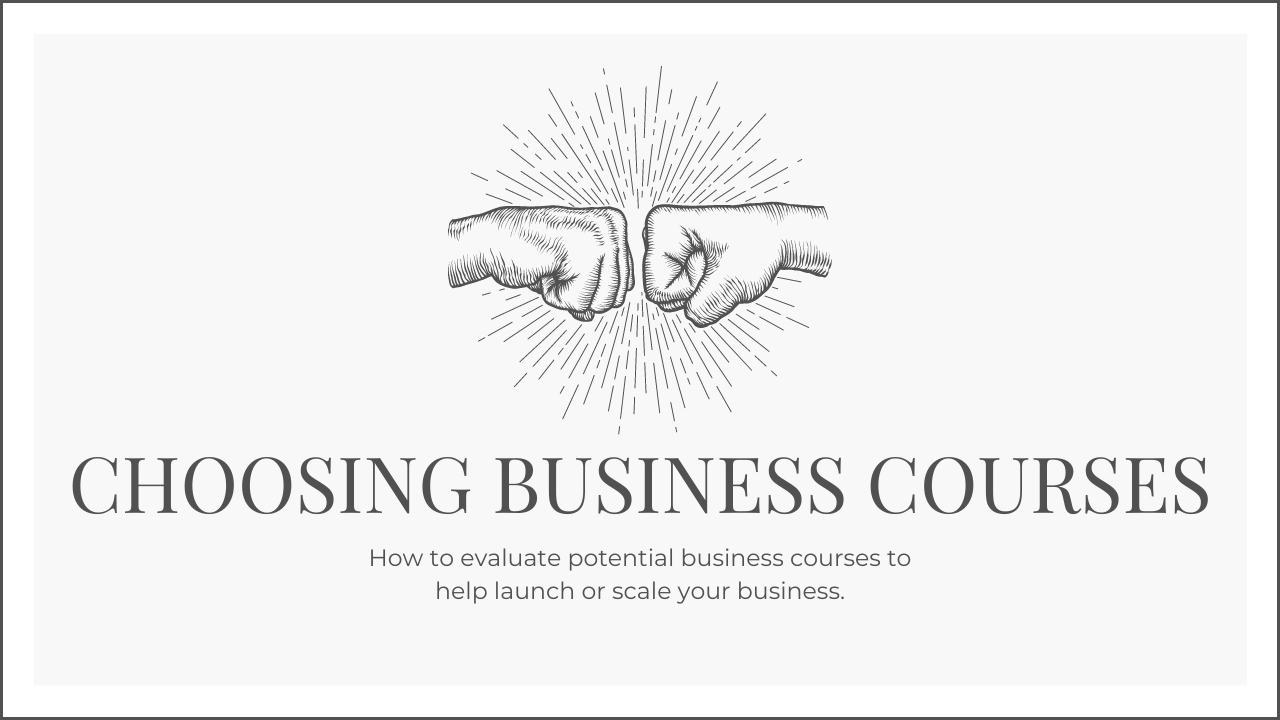As the old saying goes, the only constant in life is change. This is especially true for startups and businesses that are constantly adapting to market conditions and customer demands. However, pivots can be a challenging and stressful process for businesses, often involving significant changes in strategy, product development, and customer acquisition. In this article, I explore how startups and businesses can approach pivots in a more gentle and effective way, approaching it like roundabout instead of a sharp turn.
When navigating the twists and turns of business, pivoting is like driving through a roundabout – slow down to assess, choose your exit wisely, signal your intentions clearly, yield to others with empathy, and accelerate smoothly into your new direction.
Slow down and assess the situation:
Just like when approaching a roundabout, startups and businesses need to slow down and assess the situation before making a pivot. This means taking the time to gather data and feedback from customers, employees, and other stakeholders to understand the reasons for the pivot and the potential impact on the business.
Choose the right exit:
In a roundabout, you need to choose the right exit to reach your destination. Similarly, startups and businesses need to choose the right pivot strategy based on their goals, resources, and market conditions. This might involve pivoting to a new product or service, changing the target market, or adopting a new business model.
Signal your intentions:
When driving in a roundabout, it’s important to signal your intentions to other drivers to avoid collisions. Similarly, startups and businesses need to communicate their pivot plans clearly and transparently to employees, investors, and customers. This might involve holding town hall meetings, sending email updates, or hosting webinars to share the reasons for the pivot and the expected outcomes.
Yield to others:
In a roundabout, you need to yield to other drivers who are already in the roundabout before entering. Similarly, startups and businesses need to be mindful of the impact of their pivot on other stakeholders, such as employees, customers, and partners. This might involve providing training and support to employees, offering incentives to customers, or negotiating new partnerships to support the pivot.
Accelerate smoothly:
Finally, when driving in a roundabout, you need to accelerate smoothly to exit the roundabout safely. Similarly, startups and businesses need to execute their pivot smoothly and gradually to avoid disrupting the business and losing customers. This might involve implementing the pivot in stages, testing new products or services with a small group of customers, or offering incentives to early adopters.
Conclusion:
In conclusion, pivots are an essential part of the startup and business journey, but they can be stressful and disruptive if not approached carefully. By using the analogy of a roundabout, startups and businesses can approach pivots in a more gentle and effective way, taking the time to assess the situation, choose the right exit, signal their intentions, yield to others, and accelerate smoothly. By doing so, they can navigate the twists and turns of the business world with greater ease and confidence.







